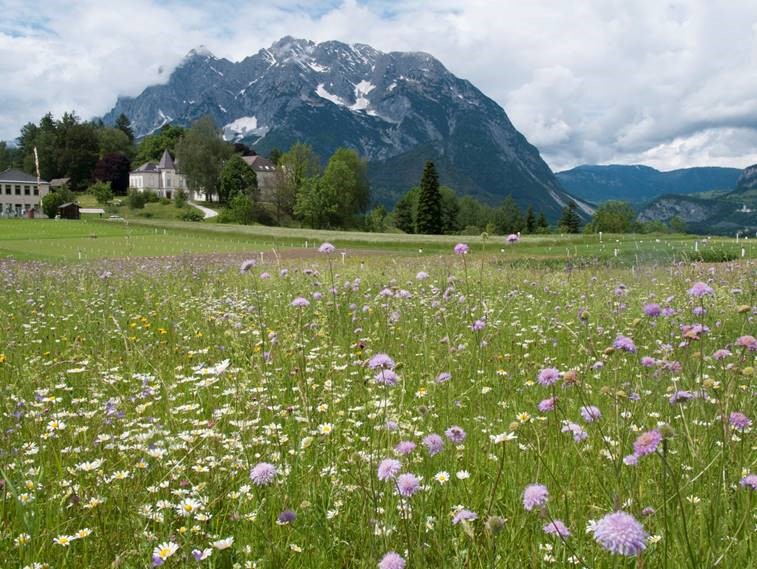Hand in hand with the “death of bees”, a strong social awareness has emerged in recent years for a flourishing landscape, for the special value of extensive meadows and pastures, for the protection of our “wild pollinators”, in short for the preservation but also the promotion of plant biodiversity in our cultural landscape.
The first and most important contribution to the preservation of biodiversity certainly lies in the protection and preservation of existing extensively managed grassland areas. However, in order to take the important next step towards actively promoting plant diversity in our cultural landscape, we must consciously create valuable, species-rich areas again. There are many and varied options for this, be it the botanical enhancement of existing grassland areas or the creation of new species-rich meadows. It is not necessarily necessary to use areas primarily used for agriculture; there are a number of potential replacement locations that are created on many thousands of hectares every year as a result of technical interventions. The conversion and redesign of municipal green spaces, private garden areas and even replacement locations, such as those created by greening flat roofs or creating gravel lawns, can also contribute to botanical enhancement.
Over the last twenty years, a variety of scientific and practical studies, projects and measures have been launched to address these questions and will be presented as part of the Gumpenstein Greening Conference 2022.
Further information can be found here .








